Restoration of the façade
Royal Palace of Caserta
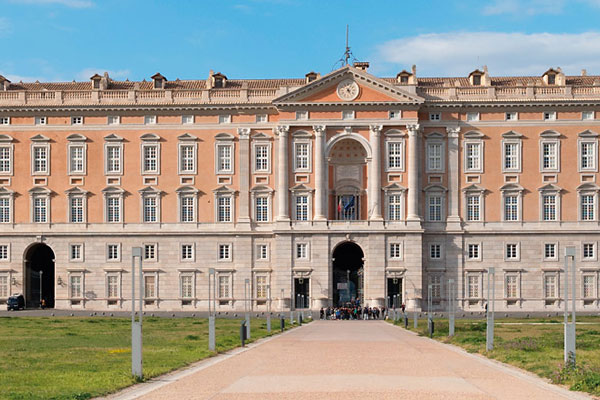
The restoration of the limestones on the façade of the Royal Palace of Caserta included consolidation and protection operations. An inorganic formulation, specifically for limestone matrix stones, was used for the consolidation. The protection of the materials was entrusted to a product based on polysiloxanes in an inert solvent mixture, capable of guaranteeing optimal penetration within the previously treated material, without modifying the aesthetic appearance and porosity of the surfaces.
Herculaneum Area
Consolidation of wall faces
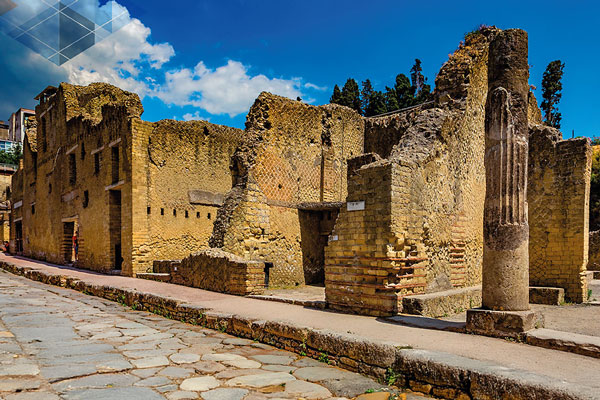
Over the years, many consolidation works have been carried out on the wall faces and degraded materials inside the excavations using our ethyl silicate-based formulations; it has also been possible to work on the plasters still present that were poor in binder and poorly resistant to external alterations. Thanks to their balanced concentration, Cir’s products made it possible to carry out consolidation work without altering the surfaces and porosymmetric structure of the materials, limiting the present degradation process, while leaving their original characteristics unaltered.
Ca' Vendramin Calergi, Venezia
Restoration of the facade on the Strada Nova side
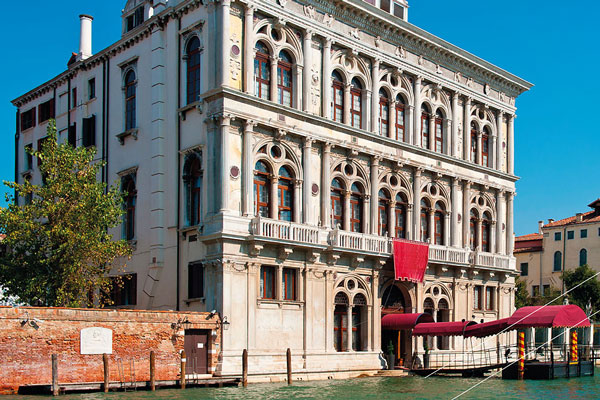
Istrian stone is a compact limestone rock and as such is not easy to crumble. However, the façade had suffered the consequences of weathering and smog. Some details were in need of restoration. The façade was therefore treated with water-based nanotechnology products for consolidation and siloxane products in aqueous solution to stop decay and properly protect the façade.
Cattedrale di Lecce
Protection of tuffaceous stone materials
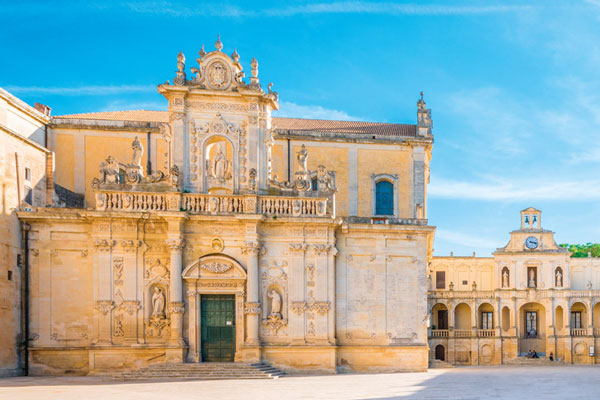
The physical characteristics and chemical matrix of a carbonate nature constituting the Leccese stone mean that the material is very subject to alteration from the outside and carried by water. This is why a high-performance product has been chosen for surface treatment. A product based on siloxane oligomers diluted in a solvent mixture, characterised by a low viscosity that allows excellent penetration into the treated material and high resistance to UV rays. Characteristics that have made it possible to maintain the natural beauty of the materials making up the façade unaltered.
Tomb of Sodo II, Cortona
Conservation Restoration of Stone Materials
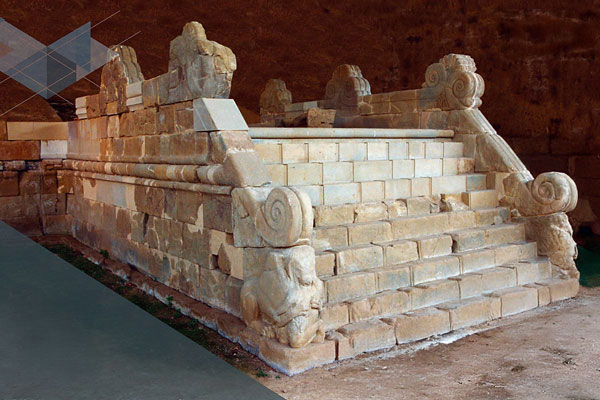
CIR has consolidated and protected this ancient sandstone. Sandstones are siliceous stones that occur in complex mixtures of different minerals. Consolidation was carried out using silicate-based products, which once again gave the stone the compactness that had been lost over time. The subsequent protective treatment was performed with CIR’s impregnating polymer-based products. Their effective water repellency allows the material to resist the aggression of atmospheric agents over time.
Pitti Palace, Firenze
Consolidation and protection of sandstone surfaces
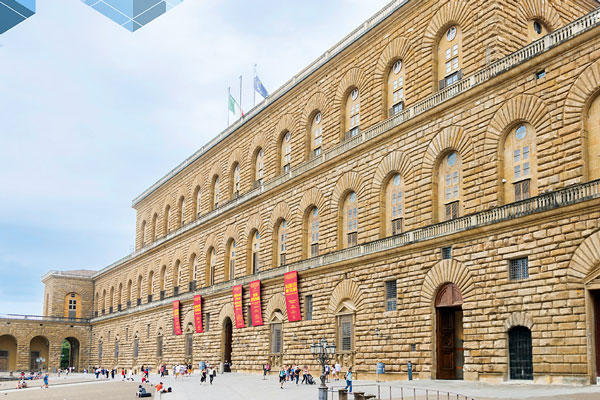
CIR silicate-based consolidants once again gave the stone the compactness that had been lost over time. The subsequent protective treatment was carried out with impregnating polymer-based CIR products. Their effective water-repellency enables the material to resist weathering over time.
Royal Palace, Naples
Cleaning of stone elements on the façade
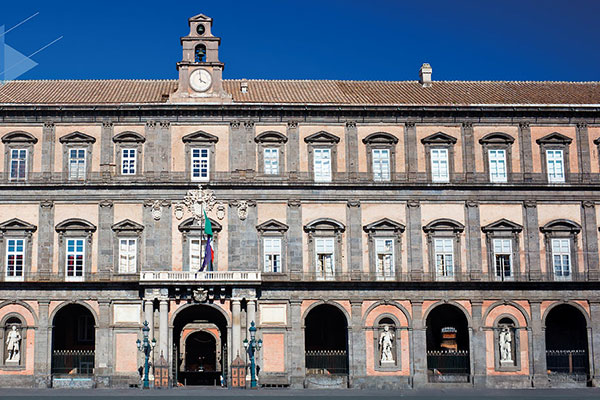
The interventions carried out on the piperno stone elements of the façade involved the use of products specifically designed to enhance the natural beauty of the material. Washing operations were carried out with PH-balanced formulated detergents; these allowed for gradual and selective work on the dirt, as required for conservation work. The piperno surfaces were then treated with a product based on special siloxanes diluted in an inert solvent mixture. The product does not alter the breathability of the substrate and does not diminish its permeability to water vapour, while at the same time presenting high UV resistance.
Piazza Duomo, Milano
Pavement treatment of the square
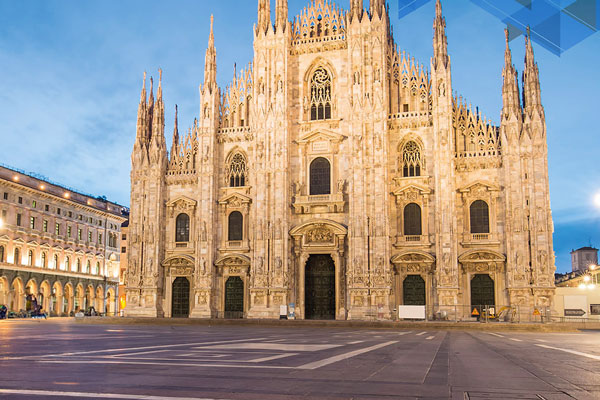
The granite and limestone paving of the square is subject to widespread soiling caused by high pedestrian traffic, as well as having areas with various types of punctual stains, such as those caused by chewing gum residues. The washing operations were carried out with a hot pressure washer and the aid of specific spot stain removers. Subsequently, all the elements of the flooring were treated with a specific hydro-oil repellent, which guarantees optimal penetration of the active ingredients within the porosity of compact surfaces, such as those of the flooring in question. This treatment facilitates daily maintenance operations, preventing stains from penetrating inside the porosity of the stone.
Villa of the Mysteries, Pompeii
Protection of frescoes and wall surfaces

The cleaning and protection of the frescoes of the Villa of the Mysteries required a specific product based on waxes and fluoropolymers to ensure their effectiveness and durability. The interior and exterior wall surfaces of the villa, made of stone and cocciopesto, were treated with ethyl silicate-based products and acrylic consolidants. Other important works involved the consolidation and waterproofing of stone materials with siloxane products in many important buildings in the archaeological area, including the House of the Cryptoporticus, the House of Julia Felix, the House of the Vettii, and the Forum Baths.
Ragusa Cathedral
Restoration of church portals
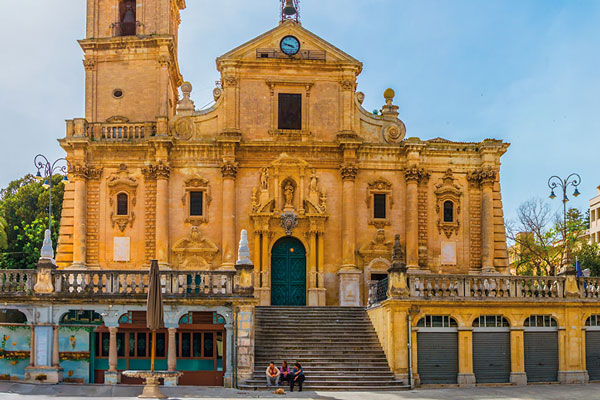
The limestone portals were in a particularly advanced state of decay, requiring conservative consolidation and protection work. For this type of intervention, high-performance products were used, developed with latest-generation nanotechnology: nano-dispersion of colloidal silica silanised in an aqueous solution, particularly suitable for the consolidating treatment of crumbling and decayed mineral surfaces. The products used made it possible to block the advancement of degradation, while maintaining the physical and chemical characteristics of the treated materials unchanged, giving the portal a new lease of life.
Pieve di Romena, Arezzo
Conservation Restoration
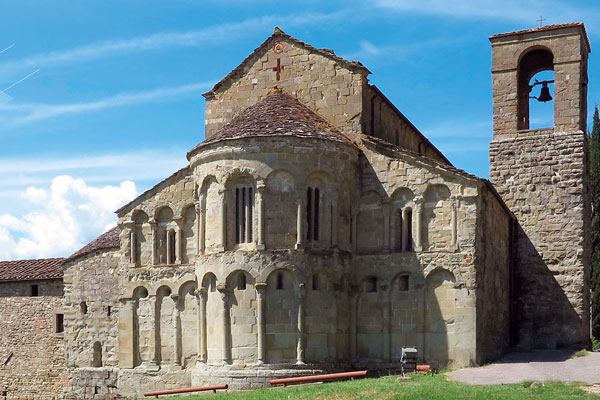
The sandstone blocks on the façade were considerably compromised and degraded, as physical changes over time had led to detachments with conspicuous loss of material. The fundamental intervention was carried out with an ethyl silicate-based consolidating agent, which restored the materials’ lost compactness and mechanical strength. The subsequent protection, necessary to limit the penetration of water into the material and thus also the alterations caused by it, was carried out with a polysiloxane protective agent in an inert solvent mixture.
Salimbeni Palace, Siena
Cleaning and conservative restoration of the façade
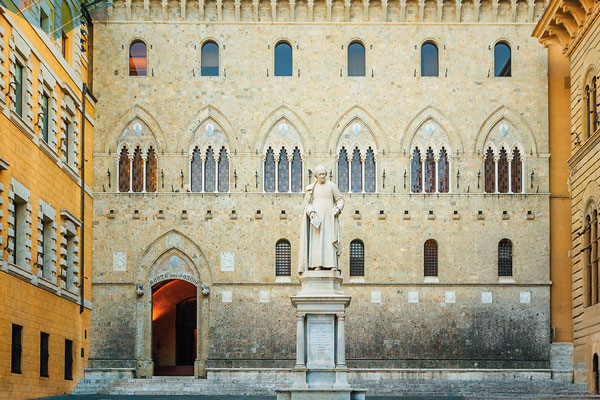
The intervention on the facade’s stone cladding included a preliminary phase of selective and controlled cleaning, through the use of pH-neutral detergents, formulated on the basis of the Central Institute for Restoration’s AB 57 directive. The materials were subsequently protected with a high-performance fluorinated product based on special fluoropolymers diluted in an inert solvent mixture. The product used retained the stone’s breathability and permeability to water vapour, and its hydro-oil-repellent characteristics significantly facilitated the cleaning of the treated surfaces.
Sansedoni Palace, Siena
Conservative restoration of facades and brick walls
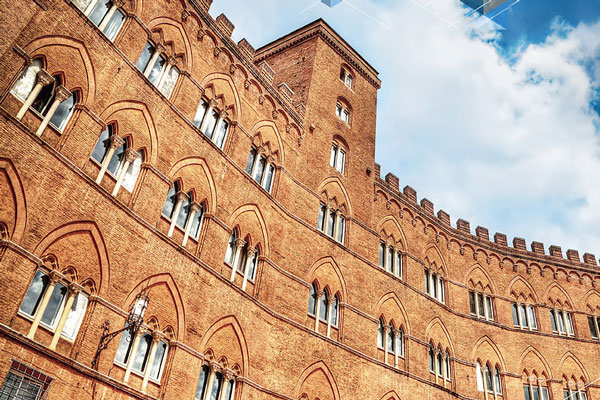
The prestigious brick façade, embellished with limestone elements, was in a first phase cleaned of the stratified pollutants, with pH-balanced detergents, used appropriately diluted on the basis of the preliminary sampling carried out, and with a specific product for sanitising surfaces polluted by biological patinas. Subsequently, it was decided to proceed with a deep, high-performance protection with a water-based nanotechnological polysiloxane protective product, which is able to guarantee the materials a high level of protection from water and the pollutants it carries.
Stratti Palace, Trieste
Cleaning the façade
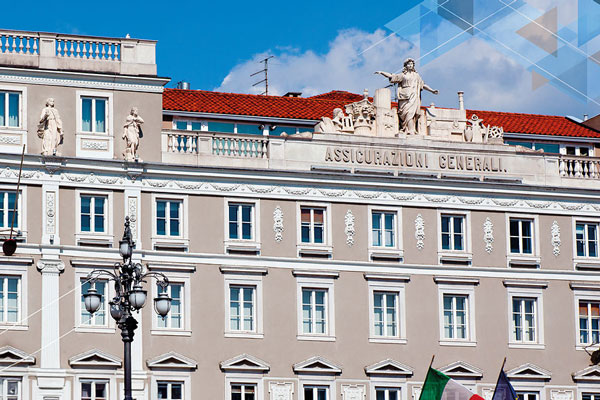
The cleaning operations carried out on the façade involved the use of detergents with different pH values, as several types of material and various layers of smog and pollutants were treated. A specific detergent was used to remove smog incrustations on the Vicenza stone surfaces, while another was applied, mixed with cellulose pulp, using the poultice technique on the areas with the greatest stratification. An additional cleaning product was used for the remaining parts of the façade. In this way it was possible to intervene in full respect of the materials, without altering them chromatically and superficially, maintaining in the stone supports their natural patina of ageing.
San Giovanni e Paolo, Venezia
Restoration of the façade
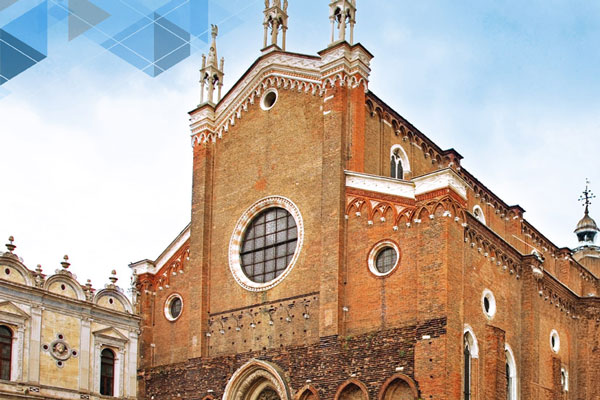
Bricks are made by firing clays with varying amounts of sand, iron oxide and calcium carbonate. Although solid, building bricks have a porosity that makes them vulnerable to atmospheric agents, smog and the wear and tear of time. The composition of the clay used for the mixture determines the colour. CIR’s products for the restoration, conservation and protection of façades have restored the original colour of bricks thanks to concentrated acid detergents suitable for removing salt efflorescence; water-based consolidating and protective agents, also lithium silicate-based, have made it possible to consolidate while respecting the building material.







